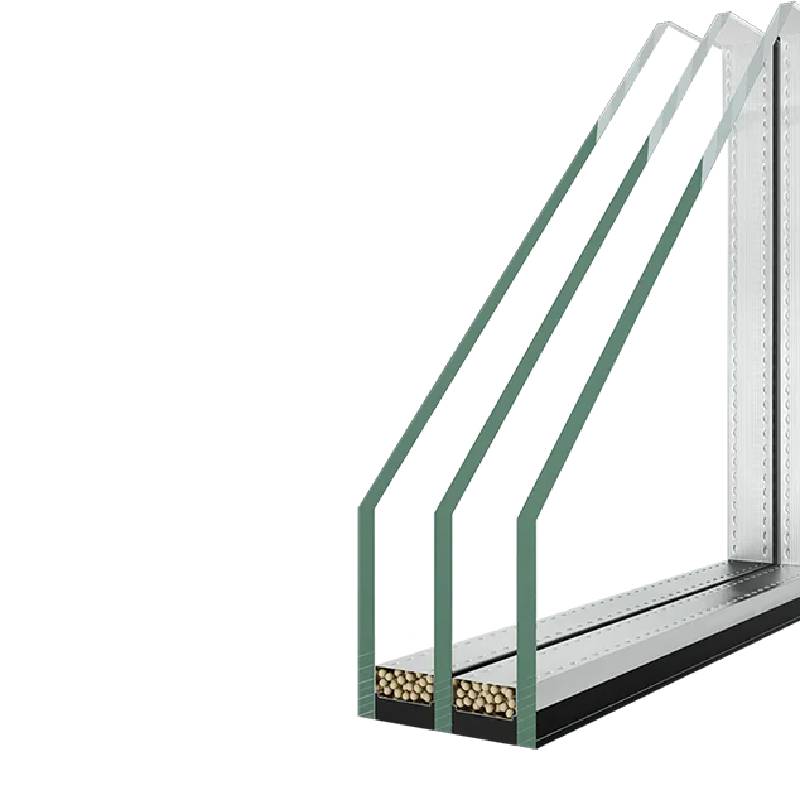

The Benefits of Low-E Reflective Glass
Low-emissivity (Low-E) reflective glass is an innovative glazing solution that has gained popularity in contemporary architecture and energy-efficient design. This type of glass is specifically engineered to improve thermal performance and reduce energy consumption in both residential and commercial buildings. By understanding its features, benefits, and applications, we can appreciate why Low-E reflective glass is becoming a staple in modern construction.
The Benefits of Low-E Reflective Glass
The energy efficiency of Low-E reflective glass is another significant advantage. By reducing the demand for heating and cooling, buildings utilizing this type of glass can achieve substantial energy savings. According to various studies, homes and offices with Low-E glass can reduce energy costs by as much as 30% to 50% compared to those using standard glazing. This not only reduces utility bills for occupants but also contributes to a lower overall carbon footprint, supporting global efforts towards sustainability and energy conservation.

In addition to its thermal performance, Low-E reflective glass also offers enhanced UV protection. The coating effectively blocks a significant percentage of harmful ultraviolet rays from entering the building. This not only helps in preserving the integrity of interior furnishings and artworks—preventing fading and deterioration—but also protects the health of occupants by minimizing UV exposure.
When it comes to aesthetics, Low-E reflective glass does not compromise on visual appeal. The glass comes in various finishes and can be customized to fit different architectural styles. Its ability to reflect light also enhances the appearance of buildings, offering a sleek and modern look. Furthermore, by allowing natural light to permeate spaces while minimizing glare, it creates a bright, welcoming environment.
The applications of Low-E reflective glass are vast, ranging from residential windows and commercial facades to glass doors and curtain walls. Its versatility makes it suitable for various building types, whether they are new constructions or renovations. As building codes and regulations increasingly prioritize energy efficiency, the demand for Low-E reflective glass is expected to continue growing.
In conclusion, Low-E reflective glass is a remarkable advancement in building materials that effectively combines energy efficiency, UV protection, and aesthetic appeal. As more architects and builders recognize its numerous benefits, this innovative glazing solution will likely play an integral role in shaping the future of sustainable architecture. By investing in Low-E reflective glass, we not only benefit from immediate savings and enhanced comfort but also contribute to a greener planet for future generations.